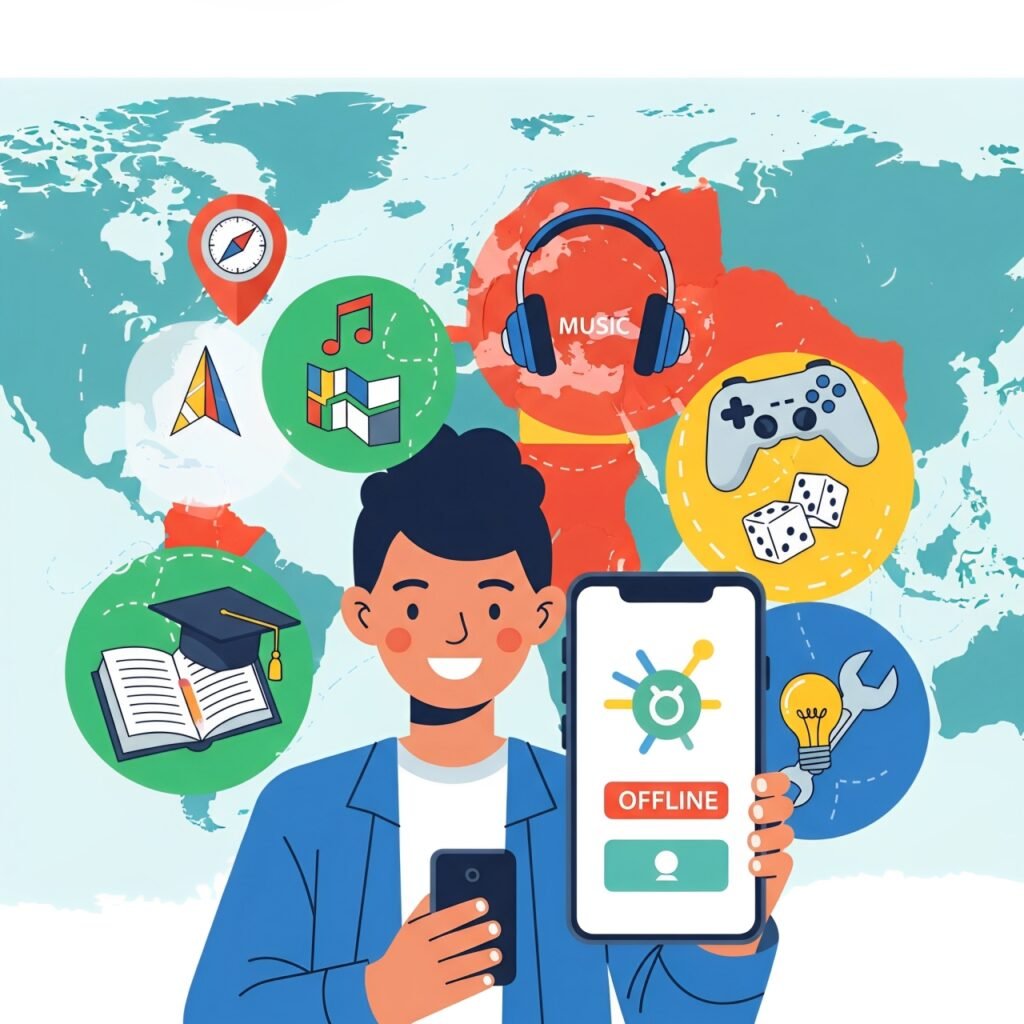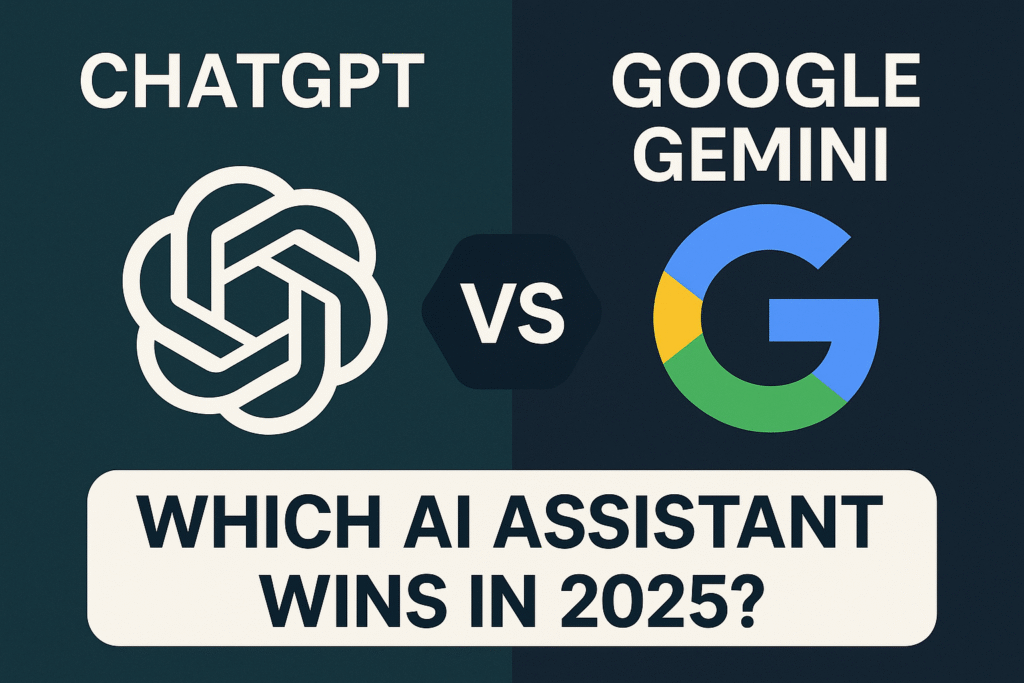Finding the perfect digital notebook can feel overwhelming. Luckily, our guide to the top note-taking apps of 2025 is here to help. The options today are more vibrant and diverse than ever before. These applications cater to every need, from simple list-making to detailed digital archiving. Moreover, leading apps have grown beyond basic text entry. They now function as complete workspaces, personal knowledge systems, and even collaborative hubs. This detailed review explores the best options available this year, breaking down their features, costs, and who they serve best.
Exploring All-in-One Platforms Among the Top Note-Taking Apps
For users who want one platform to manage their digital life, a new class of app has emerged. These tools blend note-taking with project management, databases, and collaboration. They offer a central place for all your information. Consequently, they are incredibly popular for both personal and professional use.
Notion
Notion continues to be a major player in this category. It is widely praised for its amazing flexibility. The app uses a system of “blocks,” which can be text, checklists, tables, or media. This allows you to build completely custom workflows. In addition, Notion offers a strong free plan for personal use. This makes it easy for individuals to organize personal projects or academic research. For teams, its real-time collaboration features are a huge plus. Shared workspaces and comments make it a powerful tool for managing projects. Notion has also added artificial intelligence to summarize notes and find action items. However, its many options can be a lot for new users to learn. Its key strength remains its ability to be a central hub for everything.
Classic Choices: How Stalwarts Rank Among the Top Note-Taking Apps
Some of the most famous names in note-taking have also evolved. They have integrated new technologies while keeping their core strengths. These classic choices remain some of the top note-taking apps because of their reliability and powerful features for capturing information.
Evernote
Evernote has been a giant in this field for a long time. It has recently become a premium service focused on powerful search and organization. After being acquired by Bending Spoons, Evernote’s prices went up. This change shifted its audience to users who rely on its advanced features and are willing to pay. For example, its key features include an excellent web clipper and amazing document search using optical character recognition (OCR). You can even forward emails directly into the app. In 2025, Evernote has also added AI features for cleaning up notes and transcription. Despite its limited free plan, Evernote’s strength is its reliability as a complete digital filing cabinet.
Microsoft OneNote
Microsoft OneNote is a versatile and rich option. It is deeply connected to the Microsoft 365 ecosystem. Its free-form canvas lets you place text, images, and other items anywhere on the page. This mimics the freedom of a real notebook. Additionally, OneNote’s structure is based on notebooks, sections, and pages, which provides a clear way to organize information. It also offers great collaboration features, allowing many users to edit notes at once. OneNote’s free plan is very generous, including 5GB of OneDrive storage. This makes it one of the most capable free top note-taking apps available. For those already using Microsoft products, its smooth integration with Outlook and Teams is a big win.
The New Guard: Privacy-Focused Note-Taking Solutions
A growing number of people now prioritize data ownership and customization. They want a more personal approach to managing their knowledge. Several applications have become popular by meeting these specific needs. These apps often focus on giving you full control over your notes.
Obsidian
Obsidian has a dedicated following among serious note-takers. Its core idea revolves around local storage and plain text Markdown files. This ensures you have complete control over your data. Obsidian’s best feature is its ability to create links between notes. This helps you build a network of connected ideas, which you can see in a graph view. Furthermore, the app is very flexible thanks to a large library of community-made plugins. These plugins add features like calendars and Kanban boards. While Obsidian has a steeper learning curve, its powerful linking and commitment to privacy make it a top choice for researchers and writers.
Joplin
Joplin is a strong open-source and free alternative, especially for those leaving Evernote. It focuses on privacy and local data storage. However, you can choose to sync your notes across devices using cloud services like Dropbox or OneDrive. Joplin supports Markdown for formatting and offers a web clipper to save pages. Its interface is simple and clear. For those who value open-source software and owning their data, Joplin is a fantastic and cost-effective solution.
Simple & Fast: Minimalist Options in the Top Note-Taking Apps
Sometimes, you just need a quick and easy way to capture thoughts. For these moments, a number of the top note-taking apps excel in simplicity and speed. They skip the complex features to provide a straightforward experience for users who need efficiency above all else.
Google Keep
Google Keep is designed for fast, on-the-go note-taking. It works like a digital wall of sticky notes. Its simple interface lets you create notes, lists, and reminders easily. Google Keep’s main strength is its seamless connection with other Google services. For instance, notes are available in Gmail and Google Docs, and reminders sync with Google Calendar. You can organize notes with labels and colors. While it lacks advanced features, its speed makes it ideal for capturing quick ideas and managing daily tasks.
Apple Notes
The native notes app for Apple devices has become a surprisingly powerful tool. Its deep integration with iOS, iPadOS, and macOS provides a smooth experience across all Apple products. Similar to other apps, such as the best language learning apps, a seamless ecosystem is a major draw. Recent updates have added features like tagging, smart folders, and linking between notes. For users inside the Apple ecosystem, its ease of use and the fact that it is free make it an excellent choice.
Bear
Bear is another great option for Apple users. It offers a beautiful, streamlined interface with a focus on Markdown. It appeals to writers who appreciate an elegant experience. Bear uses a tagging system instead of folders, which is a flexible way to categorize notes. While the free version is limited to one device, the paid plan enables syncing across all Apple devices. A web version is also being tested, which will make it more accessible.
How to Choose From the Top Note-Taking Apps
Selecting the right application depends entirely on your personal needs. With so many excellent choices, making a decision can be tough. Therefore, consider the following factors to find the perfect fit from the many top note-taking apps on the market.
- Primary Use: What will you use it for most? Is it for complex project management, academic research, or simple daily to-do lists?
- Platform Needs: Do you work exclusively within the Apple ecosystem, or do you need an app that works on Windows, Android, and the web?
- Collaboration: Will you be sharing notes and working with a team? If so, look for strong real-time collaboration features.
- Price: Determine your budget. Many powerful apps offer free plans, but some advanced features require a subscription.
- Privacy and Data: How important is data ownership to you? Apps like Obsidian store files locally, which aligns with modern privacy concerns and current trends in web development toward user control.
In conclusion, the world of digital note-taking in 2025 offers a solution for everyone. Whether you need the power of Notion, the privacy of Obsidian, or the simplicity of Google Keep, the ideal tool is out there. By thinking about your workflow and priorities, you can confidently choose from the top note-taking apps to boost your productivity and organization.

